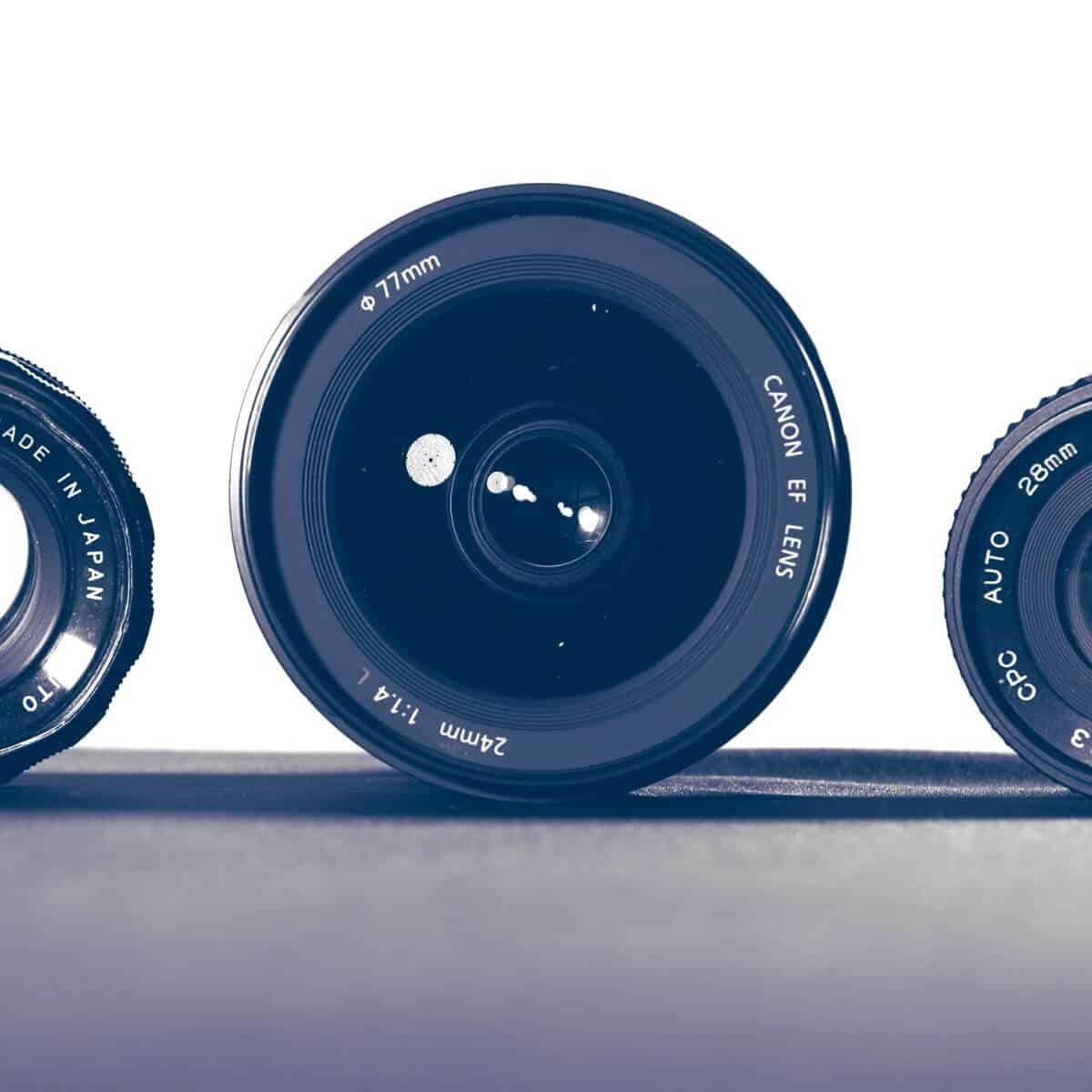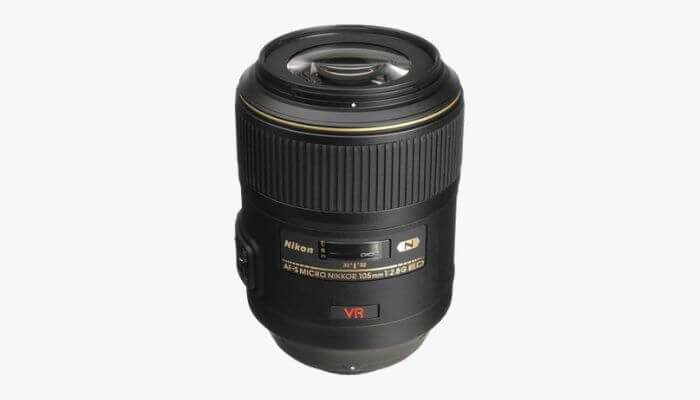The focal length and type of lens you choose determine how a photo looks. Learn which is better for you and compare prime vs. zoom lenses.

Whether you got a new camera or want to upgrade your lens, the one you choose plays a pivotal role in your results.
Take the time to compare prime vs. zoom lenses before deciding on one. There are benefits and drawbacks to both types.
Today’s camera lens design dates back to the 1800s. Better technology and materials since then led to sharper lenses and wider apertures.
So, you can capture stunning pictures with prime or zoom lenses.
The one you choose depends on your needs. The following is your complete guide to prime vs. zoom lenses.
What’s a prime lens?

A prime lens is a camera lens with a fixed focal length. The angle of view is constant and unchangeable.
Moving around is the only way to change the frame and composition with a prime lens.
You can fill the frame by getting closer to the subject. If you want to capture more of a scene, you must move back.
But, consider potential effects like lens distortion.
Since the focal length is unchangeable, a prime lens makes you more creative.
It forces you to think about the composition and the best positions to achieve your vision.
There are many types of prime lenses. Some are wide-angle, and others are telephoto.
Popular prime lens focal lengths include 35mm, 50mm, and 85mm. Many also offer wide apertures, ranging from f/1.2 to f/1.8.
By having only one focal length, prime lenses are shorter and lighter. They allow you to travel light at the cost of focal length flexibility.
What’s a zoom lens?

A zoom lens is a camera lens that offers a range of focal lengths.
It allows you to change the angle of view while staying in the same position. You turn the zoom ring to zoom in and out of a scene.
Versatility is the result of having a variable focal length. It allows you to carry one lens and capture different types of shots.
There are various types of zoom lenses. Some have wide-angle ranges, while others have telephoto to super telephoto ranges.
Many cameras have an 18-55mm zoom as the kit lens. Popular zoom lenses include 10-24mm, 24-70mm, and 70-200mm.
The apertures also vary with the lens.
Some zoom lenses have apertures that get narrower with longer focal lengths. Other zoom lenses have a constant wide largest aperture.
A lens that can shoot with an aperture of f/2.8 at 70mm and 200mm will cost more than one that goes from f/3.5 to f/5.5.
When it comes to focal lengths, zoom lenses are excellent. Your subject can appear closer or further with the turn of a zoom ring.
Benefits of prime lenses

A fixed focal length may be one of the only disadvantages of prime lenses. Aside from that, prime lenses are full of benefits.
An outstanding feature is the capability of large apertures.
Professional zoom lenses often have an aperture of f/2.8, while prime lenses can be as large as f/0.95. But, most prime lenses are between f/1.2 and f/1.8.
A larger aperture means a faster and sharper lens. You can also shoot well-lit photos in low-light conditions and capture smooth bokeh.
When comparing costs, prime lenses are cheaper than zoom lenses. They use less glass and have fewer moving parts.
Another benefit is a smaller and lighter lens. Traveling and shooting are more comfortable, as there’s less strain on your neck.
Aside from photo quality, cost, and comfortability, prime lenses help you grow.
Since you have one focal length, you must learn to work with it.
You’ll become a better photographer and understand how to achieve your vision.
Also, you’ll learn the benefits and drawbacks of a focal length. It teaches you what to and not to do.
Benefits of zoom lenses

Versatility is the main advantage of zoom lenses.
Instead of carrying several prime lenses, a zoom lens combines them all. You can go from wide-angle to telephoto with the turn of a ring.
Zoom lenses are excellent for sports, wildlife, landscapes, and weddings.
You can change focal lengths while staying in one spot. It also allows you to zoom in from further away without being noticeable.
Portability is another benefit of using a zoom lens. It’s the ideal choice for travel if you’re willing to carry one, as it’s heavier than a prime lens.
A zoom lens is also excellent if you’re new to photography.
You can take different shots and find the focal lengths you like. It makes it easier to learn photography.
Frequently asked questions about prime and zoom lenses
Are prime lenses sharper than zoom lenses?
Prime lenses have fewer moving parts, and many have larger apertures. Professional prime lenses are sharper and faster than zoom lenses at the same focal length.
Do professionals use zoom lenses?
Professional photographers use prime and zoom lenses. A professional will choose a zoom lens when they need versatility and range.
Should I buy a zoom or prime lens?
Buy a prime lens if you want tack-sharp photos with the best quality and large apertures. Buy a zoom lens if you want versatility and to carry only one lens. The bottom line is the lens you choose depends on your goals and preferences.
Conclusion
Your decision when comparing prime vs. zoom lenses is personal.
It depends on the lenses you have and want. The type of photography you do and your budget also play a role.
Prime lenses offer one focal length and often have wider apertures. Zoom lenses are more versatile, as they have various focal lengths.
Since both have advantages and disadvantages, consider your goals before buying a lens.
Related: The 3 Lenses Every Photographer Needs
Featured photo courtesy of Unsplash.
